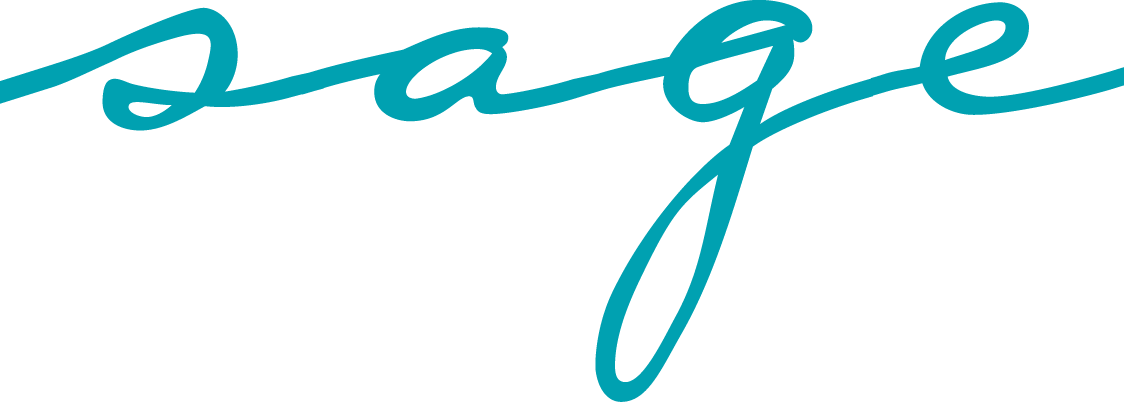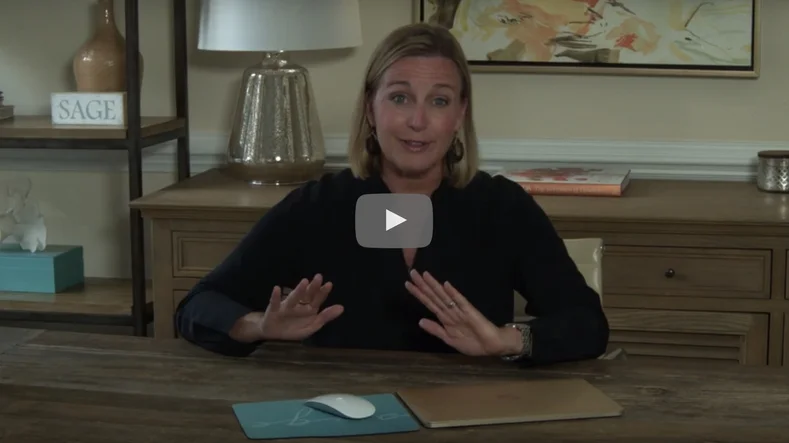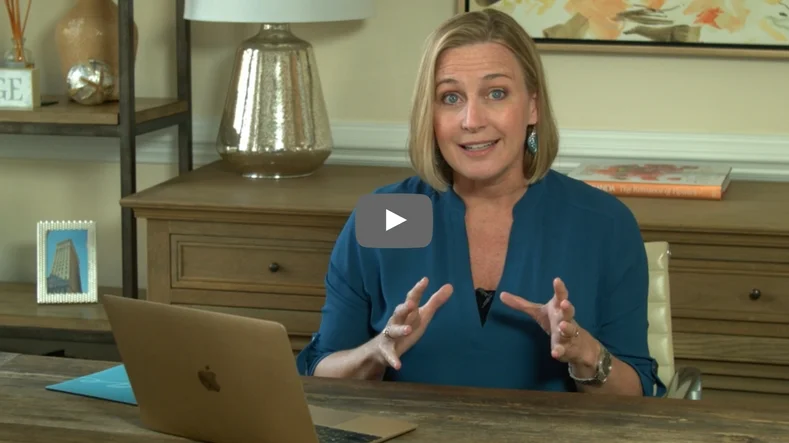Live Event Food and Beverage Mistakes (and How to Avoid Them)
Hi there. I'm Bari Baumgardner, founder of SAGE Event Management. And today I want to share with you the second in a three-part mini-video series I'm doing about common mistakes event hosts make. So last week we talked about rooms, room blocks, room attrition, and how hosts often get it wrong. And this week I want to talk to you a little bit about the live event food and beverage side of things.
Where Hotels Make Their Money and How You Can Use This to Your Advantage
So if you're hosting a live event, you know that hotels typically make their revenue from rooms, food and beverage, and from rental. At SAGE, we try and let the rooms and the food and beverage pay for the meeting space so that we pay no rental. So our main focus is, how can we make the most of a room block, and how can we make the most of a food and beverage minimum? So here's a quick story about the most common mistake I see event hosts making.
The Most Common Mistake Many Event Hosts Make
I was just on a call with one of our clients who was sharing with me a small mastermind that she's planning and how she was really proud of her team because they'd worked with the hotel to negotiate per person pricing. So their continental breakfast, their mid-morning coffee break, their mid-afternoon coffee break, and their meals were all being done on a per person cost basis. And that they were hosting a reception one night, and it was going to be on a per person cost basis.
So here's the thing, what I've learned over the years is that nothing could be further from the truth when it comes to per person pricing. You never, never win. The hotel always wins. It's like Las Vegas, the house wins. The casino wins. You don't win on per person pricing unless it's lunch or dinner.
What About Buffets?
I often find that with buffets, lunch and dinner are actually less expensive, because it's up to the hotel to replenish the food. So if you have a lot of people eating a lot of food, it can really pay off to have the hotel footing the bill for that buffet.
If you know you have big-eaters, then a lunch or dinner buffet can often pay off, or, if you're hosting a wedding and the primary guest list is recent college grads, you definitely are better off with the per person bar. Go for it. Let the hotel eat the cost on that one. But if it's not either of those situations, I really want you to focus on the benefits of not going per person.
How SAGE Handles Buffets
Here's how we do live event food and beverage at SAGE. If it's a continental breakfast, if it's a morning or afternoon coffee break, if it's a reception, if it is any kind of activity where you are going to be serving things that could be served a-la-carte, we recommend that you do that.
How Exactly Does That Work?
Here's how that works. Let me just give you a simple example. Think of a bar. I mentioned the recent college grads. Like, if you have a heavy-drinking crowd, you may possibly come out ahead per person. But generally what happens with an open bar is some people don't drink. Some people only have one drink. Some people might be driving so they may drink water all night. Somebody might have two drinks over the whole course of an evening. When it comes to a coffee break, some of your guests don't drink coffee. And some of your guests are going to go to the local Starbucks or the in-house coffee bar and get their perfect coffee instead of drinking the standard hotel coffee or tea by the gallon.
What History Shows Us
So what we've learned about live event F&B over time is that not every guest eats or drinks at a break. And not every guest eats or drinks as much at a break. So you could come out ahead ordering a-la-carte. And what a-la-carte means is you're ordering per dozen, per gallon, or per item. And here's where you can really win.
What About Consumption Based Pricing?
Live event food and beverage products that can be considered per item such as a granola bar, a piece of fruit, or a soda. Anything that is in a container, and think of fruit, it's basically in skin so it's in its own container. So whole fruit, candy bars, granola bars, bags of chips, sodas, bottled waters, bottled fruit juices. Any of those things you can actually do based on consumption. And what that means is you tell the hotel how many to put out, and then the hotel puts out, let's say 20 sodas and 20 granola bars. And you have an event for 20 people. And several of them don't eat it. Let's say you only consume 17 sodas and 14 granola bars. You only pay for 17 sodas and 14 granola bars. So you can really come out ahead using consumption pricing for your live event food and beverage items in this scenario.
But if it's something like a gallon of coffee, or a dozen breakfast breads, or two dozen cookies, those are items the hotel has actually had to prepare. They've had to make them from scratch. On those types of items, you can't give them back. If you put two dozen cookies out, or two gallons of coffee out, whether they're consumed or not, you're going to pay for them. So you really do want to know the metrics for your live event food and beverage products.
Would You Like to Watch More of the Video Series Now?
If you would like more information about saving money on your live event food and beverage costs or to gain access to our how to monetize your event before it happens series, please follow this link now.
Back in the Day...
In the old days, a gallon of coffee would buy you 22 cups-per-gallon. It was a standard metric, but Starbucks has changed everything. Now hotels have gone away from china cups and have moved more toward casual mugs and even to-go-cup-style, Starbucks-style coffee cups. Those tend to be more like 15 cups per gallon. So the general new hotel metric on coffee and tea per gallon is you usually only get about 15 cups per gallon.
An Easy Trick for Doing the Math
So you can start to do the math based on the number of attendees you have. Assume about 20% attrition on your attendees attending any of these meal functions. Then you can start to do the math by reverse-engineering it. And you can always be conservative and add more as the coffee break goes on. Just know that in general, it takes about 15 minutes advanced notice to see that gallon of coffee come out from the kitchen. And if it's something like fresh-baked cookies, they may not be able to produce them that quickly, so you might consider ordering conservatively.
In fact, you might actually order an extra dozen just to give yourself a buffer. Even with an extra dozen cookies, you are going to come out ahead versus just paying for a per person coffee break or per person continental breakfast. I promise you. So think about what you can do a-la-carte. Think about what you can do based on consumption. Then run the math. And unless you're hosting that college reception or you're hosting a really small continental breakfast or break, you're going to come out ahead not going the per person route.
What's Next?
So last week we talked about rooms, myths around room blocks, and room attrition. You can check that out on my video blog at:
Blog.poweredbysage.com
You can also check out any of the other videos I've recorded that give you some simple, quick tips on things you can do better if you're hosting your own live event, or perhaps your next big live event. So check it out there.
The Bottom Line
Just a quick recap, per person really doesn't pay off. The house always wins unless it's a lunch or dinner. So you really want to think through how to use a few basic metrics and conservative ordering to do some a-la-carte orders versus per person ordering.
And the one last little tip I'll give you about your live event food and beverage items is that you will also want to have a team member standing close by during that break time. You want to monitor how the traffic flow is going, how the consumption's going, and you want to, at the end, track exactly how much food was consumed versus what was put out.
Whether it's a gallon of coffee, 20 sodas, two dozen cookies, three dozen granola bars, whatever it might be, make sure you have a team member tracking exactly what was put out and exactly what was consumed. And by keeping accurate notes, you will start to develop a pattern and a history that allows you to order with even more accuracy for future events.
One Last Point
At SAGE this is a non-negotiable policy for us. We're very specific about what we put out. We closely monitor those meal times. And we're very specific about noting what was left over regardless of how we placed the order. And we track everything so we can use that information to plan the next group's function with even more accuracy, saving them even more money.
I guarantee you, over time, this will save you thousands and thousands of dollars. So that's all for today's video. Looking forward to seeing you on our next one. Bye for now.
Request Access to Our Free 3-Part Mini-Video Series
How would you like access to more valuable videos like this one? If so, then go ahead and request this free 3-part insider video series about how to monetize live events.
Why SAGE Event Management?
Don't take live event food and beverage advice from just anyone. SAGE Event Management has more than 25 years of experience in the event planning industry and over 14 years of proven results for monetizing live events that make money! Request our event monetization video series now to make your events more profitable.





